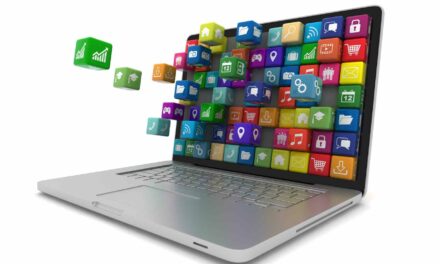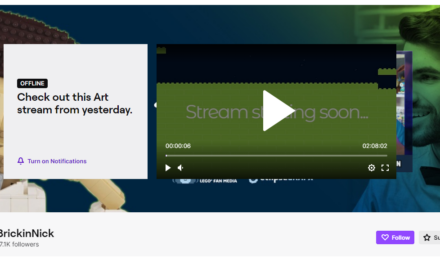Understanding the nature of customer behavior, and the factors that influence it, has never been an easy task for marketing managers. However, there is one specific group of consumers that is even more difficult to comprehend – millennials.
If you were born between 1982 and 2000, congratulations, you are a millennial. There are 83 million of you in the U.S. alone, making up 26% of the population and spending about $600 billion a year, with this expected to grow to at least $1.4 trillion by 2020. A marketer’s dream, right? Not so fast. Unfortunately, “narcissistic,” “lazy,” “indecisive,” and “immature” have been some of the words used to describe millennials. Not exactly the easiest people to deal with and convince to buy your product.
But millennials are, and will continue to be, a force to be reckoned with for marketers (and the people who write marketing articles). The trouble for retailers is that this generation’s behavior is not quite like anything many companies are used to. In fact, the problem was deemed so great that a research consultancy called the Center for Generational Kinetics was created a few years ago to specifically help clients better understand the marketing problems associated with different age groups, especially millennials. McDonald’s, Frito Lay, General Electric, Mercedes-Benz, and Hyatt Hotels would be just a small list of firms who have used its services.
The key to designing effective millennial marketing campaigns is understanding some critical characteristics and features of this particular demographic. Advertising expert B.J. Birtwell, president of the Armory Ad Agency & Production Co, says it is important to realize the magnitude to which the opinions of peers influence the behaviour and buying decisions of millennials. Marketing and branding professionals need to recognize how “peer-to-peer sharing, social media, and products like the iPhone” have come to define just what the word “consumption” means to this group, says Mr. Birtwell.
The good news is that there are strategies and guidelines to follow for those hoping to reach this somewhat elusive generation. Since individuality is such an important trait with these consumers, one suggestion is for companies to focus on the attractiveness and design of their products, and like Ikea, to try to make them as sleek, functional, and multi-purposed as possible.
Companies also need to be adept at developing and executing digital marketing strategies that are capable of capturing the attention, as well as the imagination, of millennials. “Old media” is not something that goes down well with this Facebook generation, so companies have to be creative when coming up with promotional campaigns. Social media, and its associated commentary and buzz, can truly make or break a product in a matter of days, if not hours.
General Mills, one of the biggest food companies in the U.S., recently did a make-over of its Totino’s frozen pizza lineup, changing the packaging of its “Bold” brand and adding more spicy flavors. In a direct bid to better attract millennials, the company used fun YouTube videos to market its revamped products. The logic behind this last move is flawless, since millennials, on average, spend almost 50% more time watching videos than your average internet user.
Another company getting digital and social media right is Johnson & Johnson, with its “#Seetherealme” campaign for its line of Clean & Clear skin products. Real life adolescent girls were shown trying to cope with their skin problems in a 19-part YouTube series, which garnered over 10 million views. Many people (especially millennials) were impressed, and touched, by the authenticity of the campaign.
Pepsi is trying to adapt existing products in an effort to deal with the millennial phenomenon. In the past coffee and orange juice ruled the breakfast beverage category, studies have shown that millennials, by and large, prefer energy drinks. This led Pepsi to introduce a targeted breakfast beverage called Kickstart, which is basically just its Mountain Dew drink with fruit juice and electrolytes added, along with higher levels of caffeine.
Clothing retailer Abercrombie & Fitch announced that it was making the logo that appears on its clothing smaller and that it was increasing its fashion line for women. Company spokesman Michael Scheiner said that the changes were made in recognition of the fact that millennials “no longer want to be a walking billboard of a brand” and that “individualism is important to them.” GAP is also jumping on the millennial bandwagon with its counterintuitive ad campaign exhorting people to create an individual style by having them “dress normal.” American Eagle is striking a chord with millennials by using models that haven’t been airbrushed or altered in its Aerie lingerie campaign.
Many experts caution that what millennials want is for companies to be honest, open and transparent with them when it comes to selling and marketing a particular product. Ultimately, they want to have a “conversation” with a company’s brand and engage with it on their own terms.
Unfortunately, this will be easier said than done. As one researcher bluntly put it, “No one truly understands millennials. Not even millennials.”
(Image courtesy of Shutterstock.)






